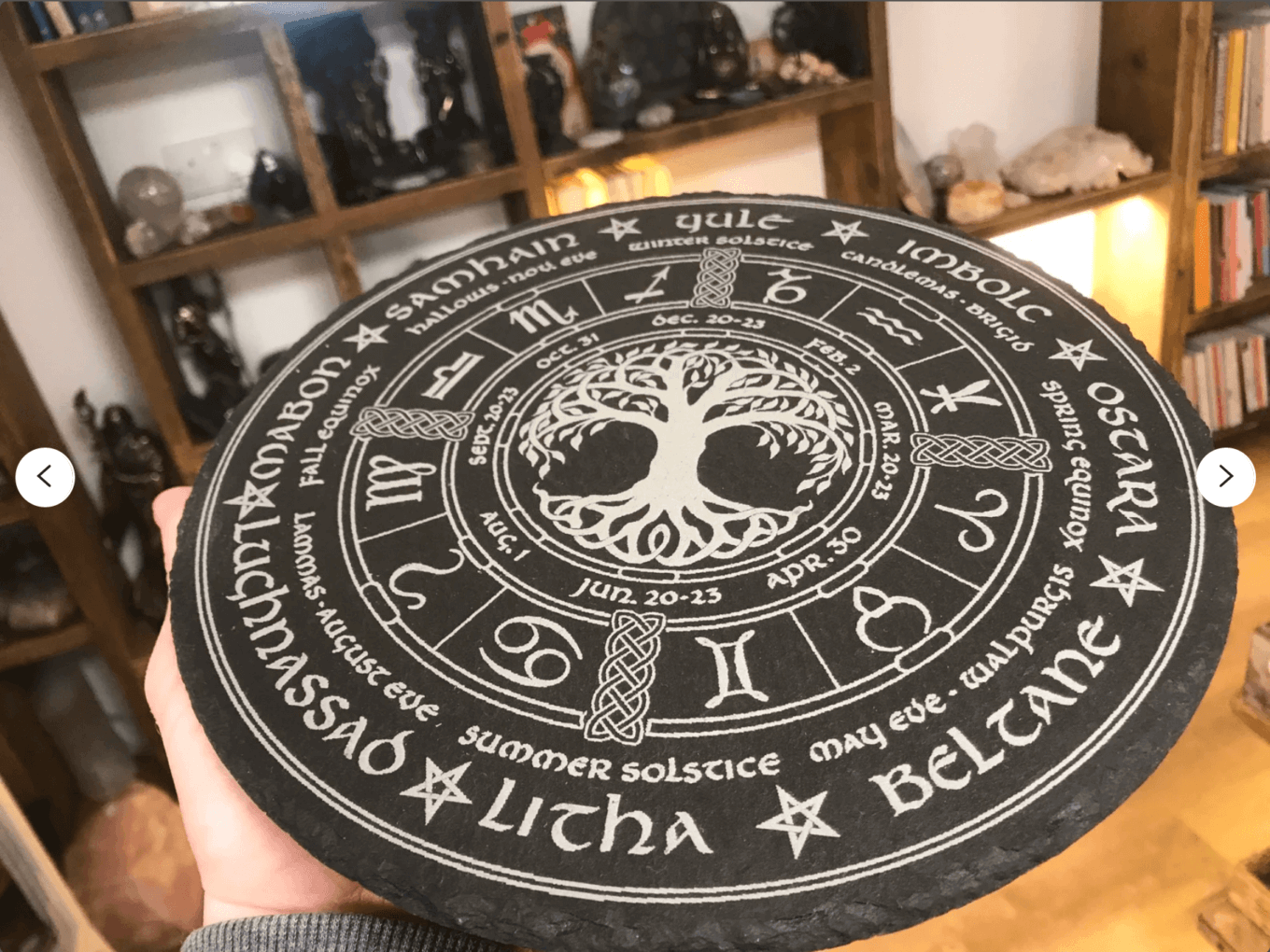The Wheel of the Year is a calendar used by some modern Pagans to celebrate the eight major festivals of the year. These festivals are spaced approximately evenly throughout the year and are meant to mark the changing seasons and the cycles of life, death, and rebirth. The eight festivals are usually referred to as sabbats.
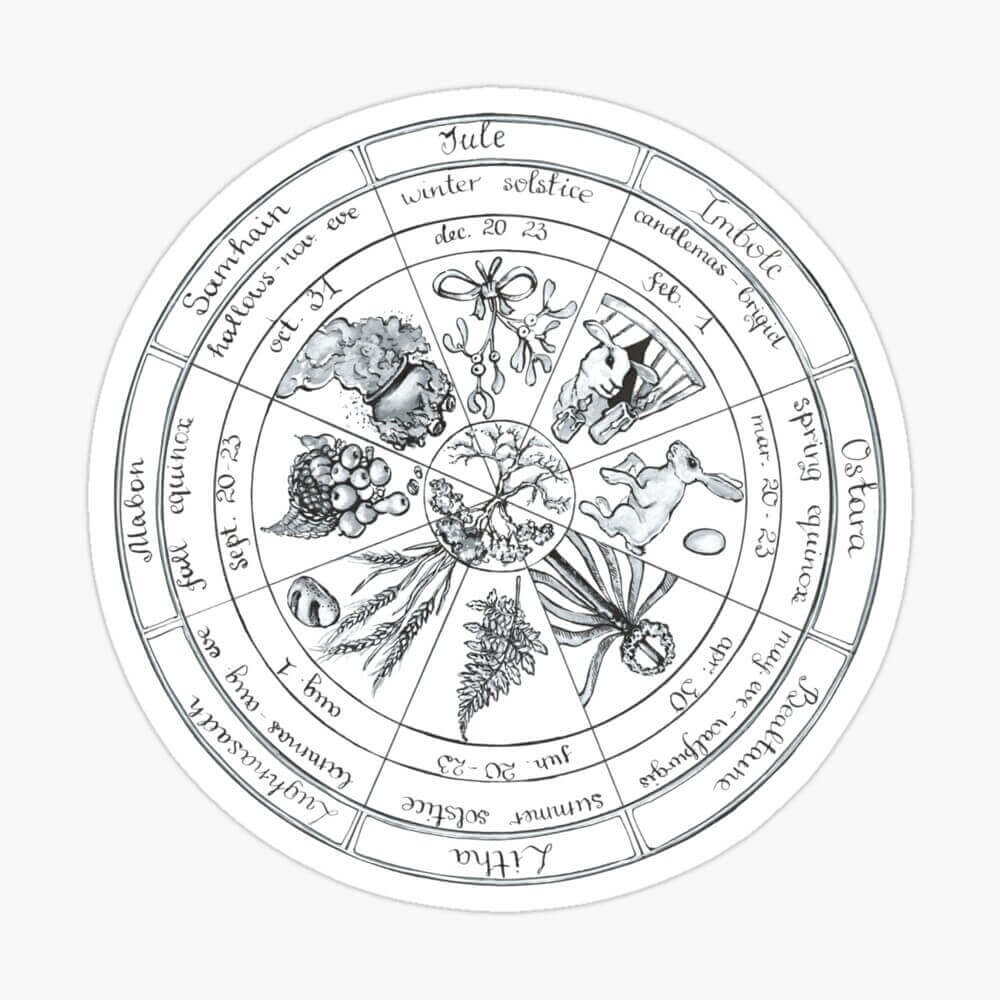
The sabbats are:
- Yule (Winter Solstice)
- Imbolc (February 1)
- Ostara (Spring Equinox)
- Beltane (May 1)
- Midsummer (Summer Solstice)
- Lughnasadh (August 1)
- Mabon (Fall Equinox)
- Samhain (October 31)
Each of these festivals has its own traditions, rituals, and symbolism, which vary among different Pagan traditions. Some Pagans celebrate all eight sabbats, while others may focus on a smaller number.
The Wheel of the Year is an important part of many modern Pagan practices and provides a framework for honoring the natural world and the cycles of life.
Yule (Winter Solstice)
Yule is a winter solstice holiday that is celebrated by some modern Pagans. It typically falls on December 21st or 22nd and marks the shortest day and longest night of the year. In the Northern Hemisphere, Yule is a time when the sun appears to stand still in the sky before starting to move northward again, signaling the end of the darkest time of the year and the beginning of longer days and shorter nights.

Yule is a time of celebration and renewal, and it is often associated with themes of rebirth, hope, and the return of the light. Some Pagans see Yule as a time to honor the deities associated with the sun, such as Apollo or Ra. Others may focus on the symbolism of the evergreen tree, which represents the enduring nature of life and the promise of new growth in the spring.
There are many ways to celebrate Yule, and the specific traditions and rituals will vary depending on the individual or group involved. Some common ways to celebrate Yule include:
- Decorating with evergreens, holly, and other symbols of the season
- Lighting candles or fires to symbolize the return of the sun
- Exchange of gifts with friends and loved ones
- Feasting and sharing food with others
- Participating in group rituals or ceremonies
- Taking time to rest and recharge in preparation for the new year
Yule is a time of joy, celebration, and hope, and it is an opportunity for Pagans to come together and honor the natural cycles of the year.
Imbolc (February 1)
Imbolc is a holiday that is celebrated by some modern Pagans on February 1st. It is also known as Candlemas or Brigid’s Day, and it marks the halfway point between the winter solstice and the spring equinox. Imbolc is a time of renewal and the beginning of the spring season, and it is associated with the goddess Brigid, who is the patroness of poetry, inspiration, and fertility.
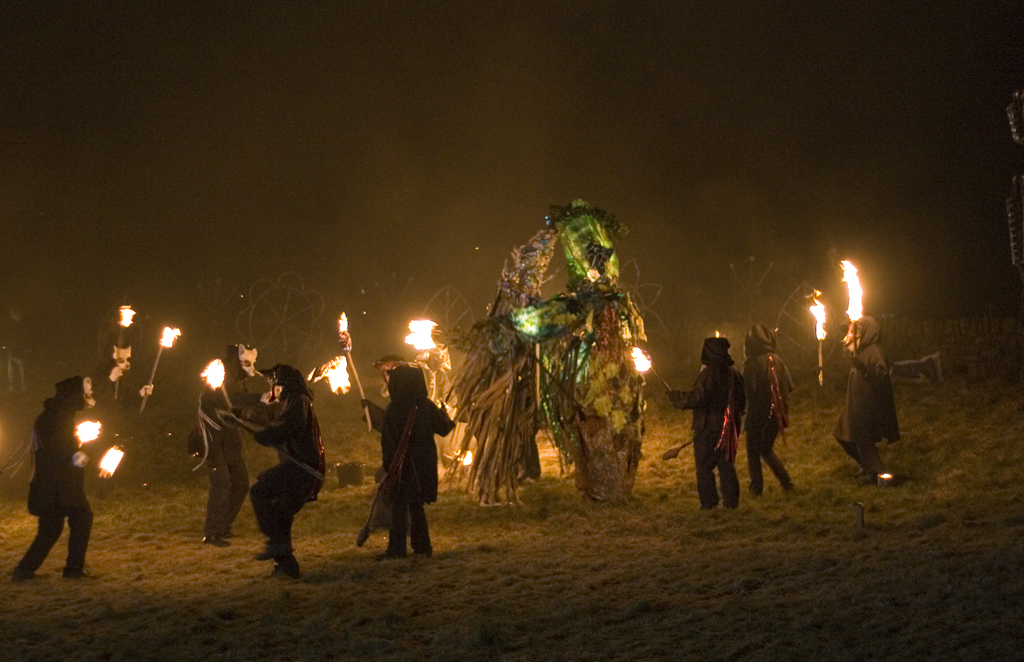
Imbolc is a time of purification and preparation for the new growth of spring. It is often associated with the reawakening of the land after the long winter months, and with the return of the light as the days start to grow longer. Some common themes of Imbolc include purification, new beginnings, and the return of the light.
There are many ways to celebrate Imbolc, and the specific traditions and rituals will vary depending on the individual or group involved. Some common ways to celebrate Imbolc include:
- Lighting candles or fires to honor Brigid and welcome the return of the light
- Planting seeds or tending to indoor plants as a symbol of new growth
- Making Brigid’s crosses or other crafts to decorate the home
- Participating in group rituals or ceremonies
- Taking time to reflect on the past and make plans for the future
- Eating traditional Imbolc foods, such as milk and butter, to honor Brigid and celebrate the return of the light
Imbolc is a time of hope and renewal, and it is an opportunity for Pagans to come together and celebrate the year’s natural cycles.
Ostara (Spring Equinox)
Ostara is a holiday that is celebrated by some modern Pagans on the spring equinox, around March 20th. It is also known as Eostre or the Vernal Equinox, and it marks the beginning of spring in the Northern Hemisphere. Ostara is a time of balance and renewal, as the days and nights are of equal length and the natural world awakens from its winter slumber.
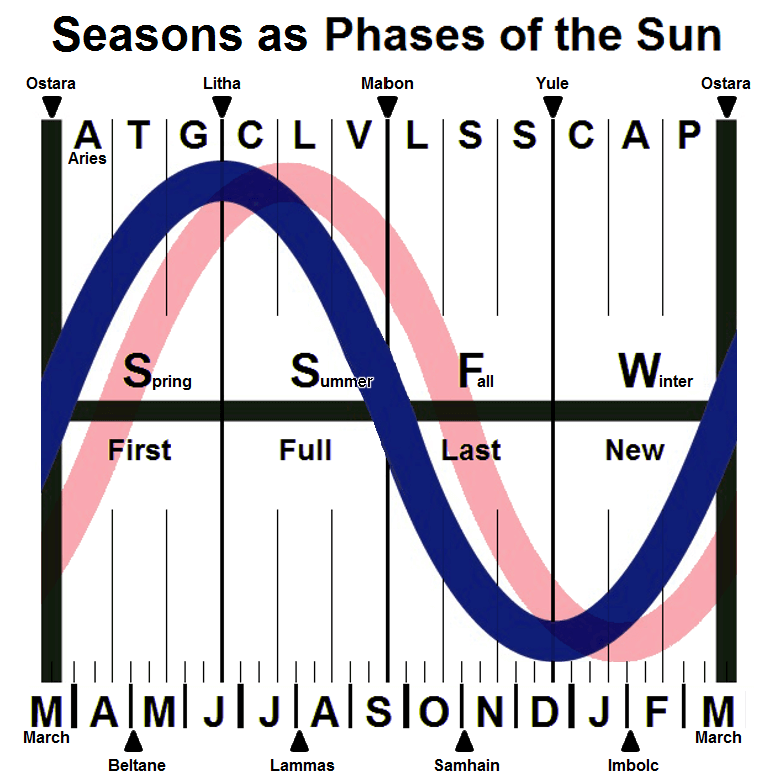
Ostara is named after the Anglo-Saxon goddess Eostre, who is associated with fertility, rebirth, and the return of spring. Some common themes of Ostara include new beginnings, growth, and the balance of light and dark.
There are many ways to celebrate Ostara, and the specific traditions and rituals will vary depending on the individual or group involved. Some common ways to celebrate Ostara include:
- Planting seeds or tending to indoor plants as a symbol of new growth
- Decorating with spring flowers and colors
- Holding rituals or ceremonies to honor Eostre or other spring deities
- Exchanging gifts with friends and loved ones
- Participating in egg hunts or other springtime activities
- Taking time to reflect on the past and make plans for the future
Ostara is a time of hope and renewal, and it is an opportunity for Pagans to come together and celebrate the natural cycles of the year.
Beltane (May 1)
Beltane is a holiday that is celebrated by some modern Pagans on May 1st. It is a cross-quarter day, which means it falls approximately halfway between the spring equinox and the summer solstice. Beltane is a time of fertility, growth, and abundance, and it is associated with the beginning of the summer season.

Beltane is named after the Celtic god Bel, who was associated with fire and the sun. Some common themes of Beltane include fertility, desire, and the union of male and female energies. Beltane is also a time when the veil between the physical world and the spiritual world is thought to be thin, making it a good time for divination and communication with the spirits.
There are many ways to celebrate Beltane, and the specific traditions and rituals will vary depending on the individual or group involved. Some common ways to celebrate Beltane include:
- Building bonfires or lighting candles to honor Bel and welcome the summer season
- Planting seeds or tending to gardens as a symbol of fertility and growth
- Decorating with flowers and other symbols of spring and summer
- Holding rituals or ceremonies to honor Bel or other fertility deities
- Exchanging gifts with friends and loved ones
- Participating in May Day traditions, such as dancing around the Maypole or crowning a May Queen
Beltane is a time of joy and celebration, and it is an opportunity for Pagans to come together and honor the natural cycles of the year.
Midsummer (Summer Solstice)
Midsummer is a holiday that is celebrated by some modern Pagans on the summer solstice, around June 20th. It is a time of celebration and abundance, as the sun is at its highest point in the sky and the natural world is in full bloom. Midsummer is associated with the longest day and shortest night of the year, and it is a time when the veil between the physical world and the spiritual world is thought to be thin, making it a good time for divination and communication with the spirits.
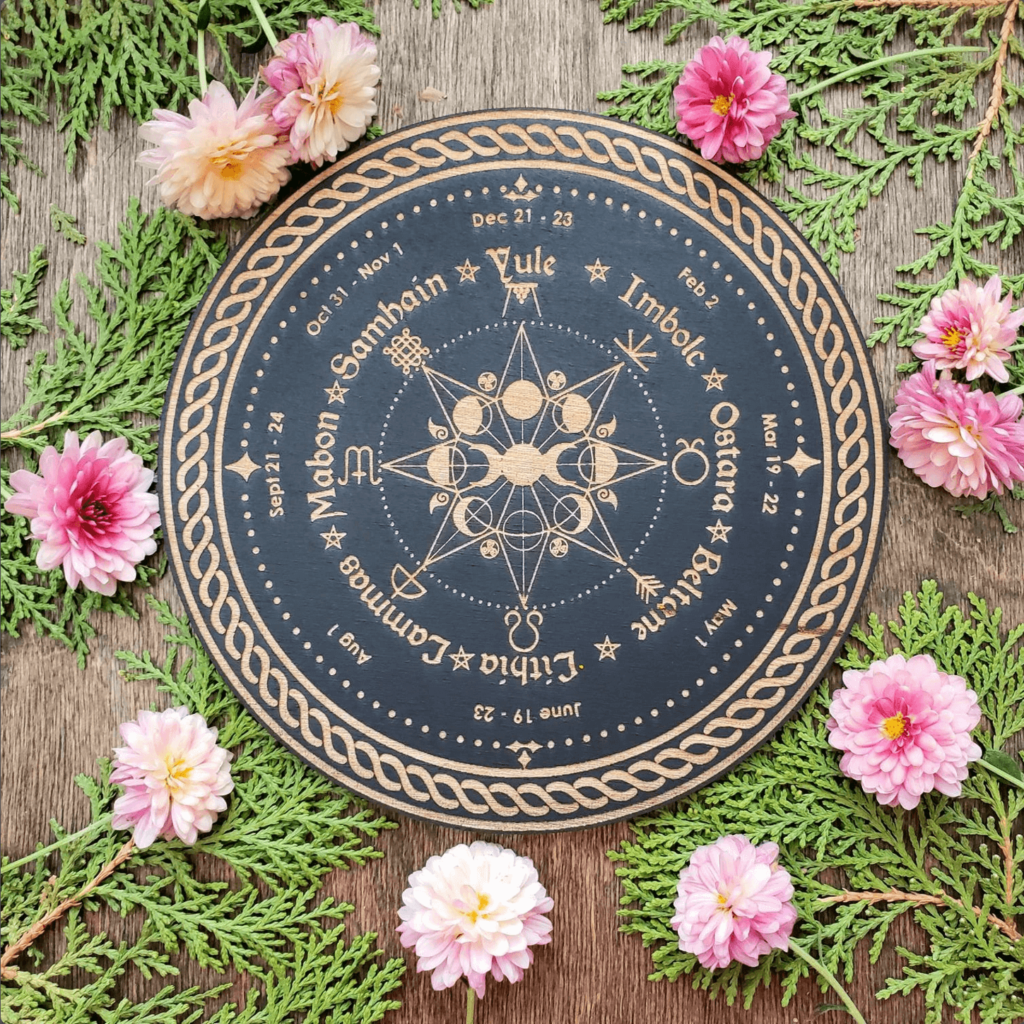
Midsummer is a time to honor the sun and the warmth and light it brings to the earth. It is also a time to honor the fertility of the earth and the abundance of the natural world. Some common themes of Midsummer include growth, abundance, and the union of male and female energies.
There are many ways to celebrate Midsummer, and the specific traditions and rituals will vary depending on the individual or group involved. Some common ways to celebrate Midsummer include:
- Building bonfires or lighting candles to honor the sun and welcome the summer season
- Decorating with flowers and other symbols of spring and summer
- Holding rituals or ceremonies to honor the sun or other solar deities
- Exchanging gifts with friends and loved ones
- Participating in traditional Midsummer activities, such as dancing around the Maypole or playing games
- Taking time to relax and enjoy the warm weather and natural beauty of the summer season
Overall, Midsummer is a time of joy and celebration, and it is an opportunity for Pagans to come together and honor the natural cycles of the year.
Lughnasadh (August 1)
Lughnasadh is a holiday that is celebrated by some modern Pagans on August 1st. It is a cross-quarter day, which means it falls approximately halfway between the summer solstice and the fall equinox. Lughnasadh is a time of thanksgiving and abundance, as the first harvest of the year is gathered and the natural world begins to prepare for the coming winter.
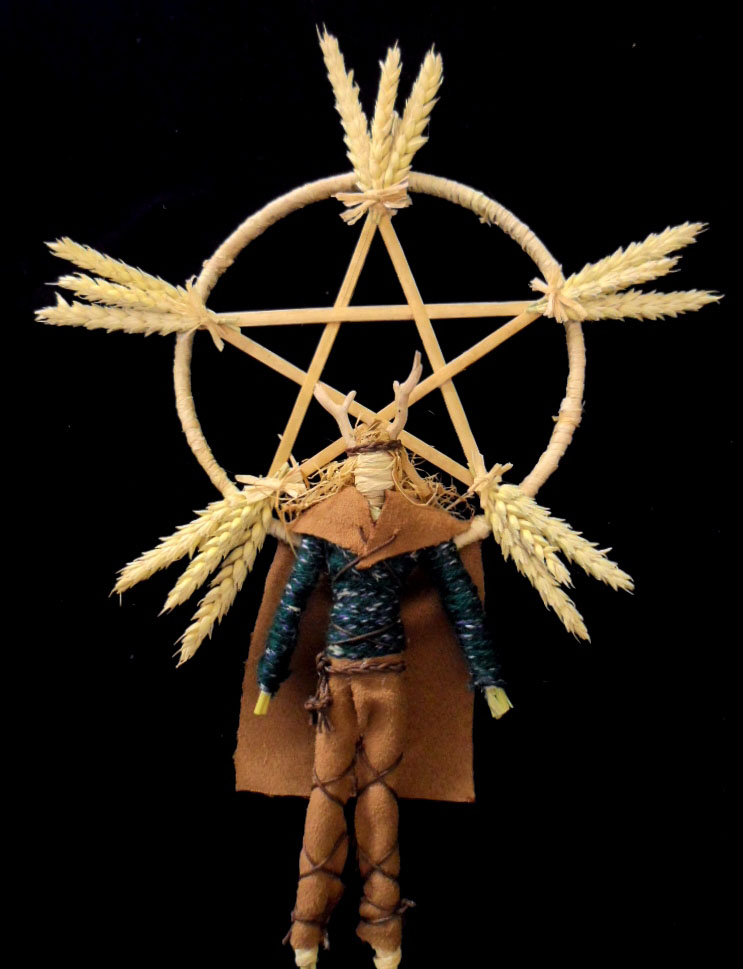
Lughnasadh is named after the Celtic god Lugh, who was associated with the sun, lightning, and the arts. Some common themes of Lughnasadh include the end of summer, the beginning of the harvest season, and the celebration of artistic and creative pursuits.
There are many ways to celebrate Lughnasadh, and the specific traditions and rituals will vary depending on the individual or group involved. Some common ways to celebrate Lughnasadh include:
- Holding rituals or ceremonies to honor Lugh and give thanks for the abundance of the harvest
- Decorating with flowers, grains, and other symbols of the harvest season
- Exchanging gifts with friends and loved ones
- Participating in traditional Lughnasadh activities, such as dancing, singing, and playing games
- Eating traditional Lughnasadh foods, such as bread, fruit, and vegetables
- Taking time to reflect on the past and make plans for the future
Lughnasadh is a time of thanksgiving and celebration, and it is an opportunity for Pagans to come together and honor the natural cycles of the year.
Mabon (Fall Equinox)
Mabon is a holiday that is celebrated by some modern pagans on the fall equinox, around September 20th. It is a time of balance and gratitude, as the days and nights are of equal length and the natural world begins to prepare for the coming winter. Mabon is associated with the second harvest of the year and the beginning of the season of rest and introspection.
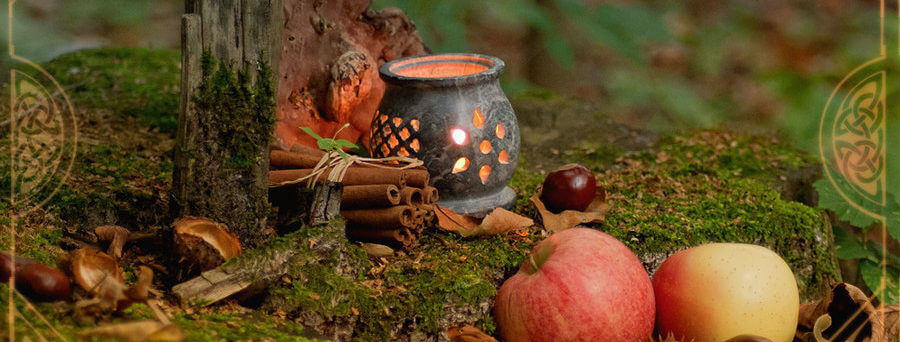
Mabon is named after the Welsh god Mabon, who was associated with the sun, the harvest, and the arts. Some common themes of Mabon include gratitude, balance, and the celebration of the arts.
There are many ways to celebrate Mabon, and the specific traditions and rituals will vary depending on the individual or group involved. Some common ways to celebrate Mabon include:
- Holding rituals or ceremonies to honor Mabon and give thanks for the abundance of the harvest
- Decorating with flowers, grains, and other symbols of the harvest season
- Exchanging gifts with friends and loved ones
- Participating in traditional Mabon activities, such as dancing, singing, and playing games
- Eating traditional Mabon foods, such as bread, fruit, and vegetables
- Taking time to reflect on the past and make plans for the future
Mabon is a time of gratitude and balance, and it is an opportunity for Pagans to come together and honor the natural cycles of the year.
Samhain (October 31)
Samhain is a holiday that is celebrated by some modern Pagans on October 31st. It is a time of endings and beginnings, as the natural world prepares for the coming winter and the veil between the physical world and the spiritual world is thought to be thin, making it a good time for divination and communication with the spirits. Samhain is also the start of the new year in some Pagan traditions.

Samhain is named after the Celtic god Samhain, who was associated with the dead and the transition between the living and the deceased. Some common themes of Samhain include death, rebirth, and the honoring of ancestors.
There are many ways to celebrate Samhain, and the specific traditions and rituals will vary depending on the individual or group involved. Some common ways to celebrate Samhain include:
- Holding rituals or ceremonies to honor the ancestors and the deceased
- Decorating with symbols of death and rebirth, such as skulls and candles
- Exchanging gifts with friends and loved ones
- Participating in traditional Samhain activities, such as costume parties, trick-or-treating, and telling ghost stories
- Eating traditional Samhain foods, such as apples and nuts
- Taking time to reflect on the past and make plans for the future
Samhain is a time of contemplation and celebration, and it is an opportunity for Pagans to come together and honor the natural cycles of the year.
Deity Associated with each Sabbath from The Wheel of The Year
Here is a list of the deities associated with each of the sabbats:
- Yule: Some Pagans honor deities associated with the sun, such as Apollo or Ra, during Yule. Others may focus on deities associated with the winter season, such as Hades or Hel.
- Imbolc: Imbolc is often associated with the goddess Brigid, who is the patroness of poetry, inspiration, and fertility.
- Ostara: Ostara is named after the Anglo-Saxon goddess Eostre, who is associated with fertility, rebirth, and the return of spring.
- Beltane: Beltane is named after the Celtic god Bel, who was associated with fire and the sun. Some Pagans also honor fertility deities at this time, such as the Greek goddess Aphrodite or the Roman god Bacchus.
- Midsummer: Midsummer is a time to honor the sun and the warmth and light it brings to the earth. Some Pagans may honor solar deities, such as the Greek god Apollo or the Roman god Sol, during this time.
- Lughnasadh: Lughnasadh is named after the Celtic god Lugh, who was associated with the sun, lightning, and the arts. Some Pagans also honor deities associated with the harvest, such as the Greek goddess Demeter or the Roman god Ceres, at this time.
- Mabon: Mabon is named after the Welsh god Mabon, who was associated with the sun, the harvest, and the arts. Some Pagans also honor deities associated with the harvest, such as the Greek goddess Demeter or the Roman god Ceres, at this time.
- Samhain: Samhain is named after the Celtic god Samhain, who was associated with the dead and the transition between the living and the deceased. Some Pagans also honor deities associated with death and the underworld, such as the Greek god Hades or the Roman god Pluto, at this time.
Wheel of the Year and Roman Traditions
The Wheel of the Year is a modern concept that was developed by some modern Pagans as a way to celebrate the natural cycles of the year. It is not directly connected to ancient Rome.
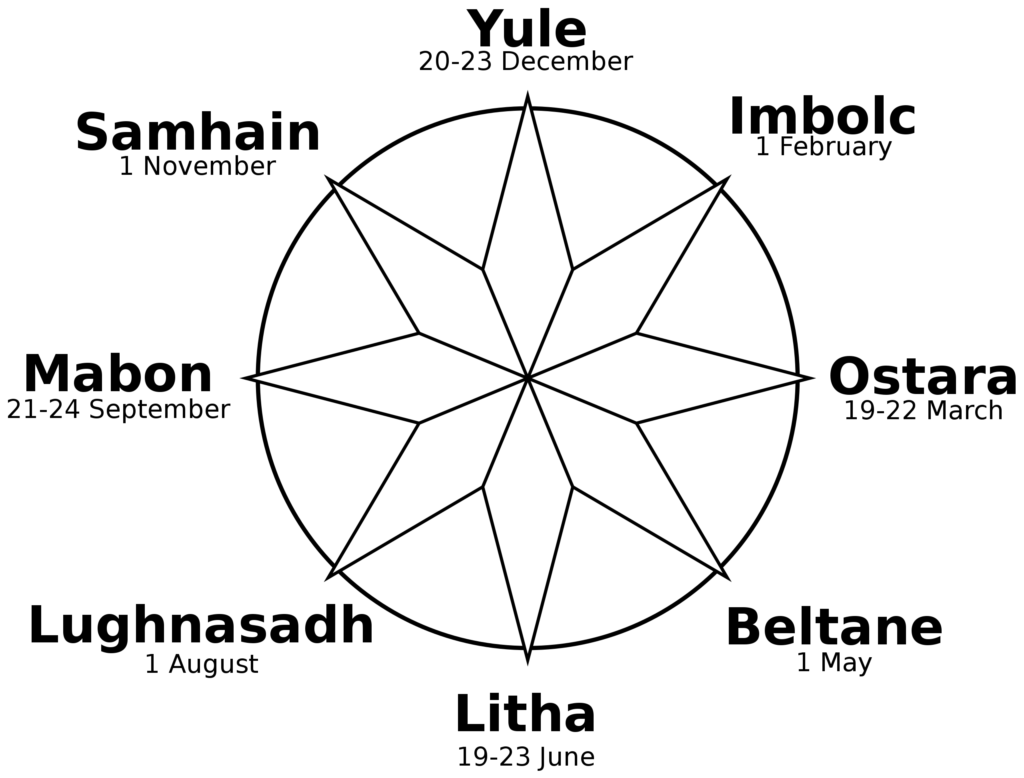
However, many of the festivals that are celebrated as part of the Wheel of the Year have roots in ancient cultures and traditions, including the Roman calendar. For example, Yule (Winter Solstice) has its roots in the ancient Roman festival of Saturnalia, which was a week-long celebration honoring the god Saturn. Ostara (Spring Equinox) is named after the Anglo-Saxon goddess Eostre, but it is also similar to the ancient Roman festival of Veneralia, which was a celebration of Venus, the goddess of love and fertility. Similarly, Mabon (Fall Equinox) has its roots in the ancient Roman festival of Pomonalia, which was a celebration of fruit and the harvest.
While the concept of the Wheel of the Year is a modern one, many of the festivals that are celebrated as part of it have ancient roots and are connected to the calendars and traditions of various cultures, including ancient Rome.
How Christianity adopted the Wheel of the Year Sabbaths?
Christianity did not adopt the Wheel of the Year or the sabbats that are celebrated as part of it. The sabbats are part of the modern Pagan tradition and are not practiced in mainstream Christianity.
However, it is true that many Christian holidays have their roots in ancient pagan festivals and celebrations. For example, Christmas, which is a Christian holiday celebrating the birth of Jesus, is held on December 25th, which was also the date of the ancient Roman festival of Saturnalia. Easter, which is a Christian holiday celebrating the resurrection of Jesus, is held on the first Sunday after the first full moon following the spring equinox, which was also the date of the ancient pagan festival of Eostre.
In these cases, the Christian holidays were established at these times in an effort to co-opt and “Christianize” these ancient pagan festivals, in an attempt to make it easier for converts to accept the new religion. This process is known as “syncretism.” However, the sabbats of the Wheel of the Year are not a part of mainstream Christianity and have not been adopted by the religion in this way.
Wheel of the Year in the Modern Day World
The Wheel of the Year and the pagan sabbats are celebrated by modern Pagans all over the world. There is no one country or region that is more associated with the celebration of these holidays than any other.
Modern Paganism is a diverse and decentralized movement, and there are many different traditions and paths within the broader umbrella of Paganism. Some Pagans follow a specific tradition, such as Wicca or Druidry, while others may follow a more eclectic or individualized path. As a result, the way that the sabbats are celebrated can vary widely depending on the individual or group involved.
The celebration of the sabbats is an important part of the modern Pagan community, and there are many people all over the world who mark these holidays as a way to connect with the natural world and the cycles of the year.
